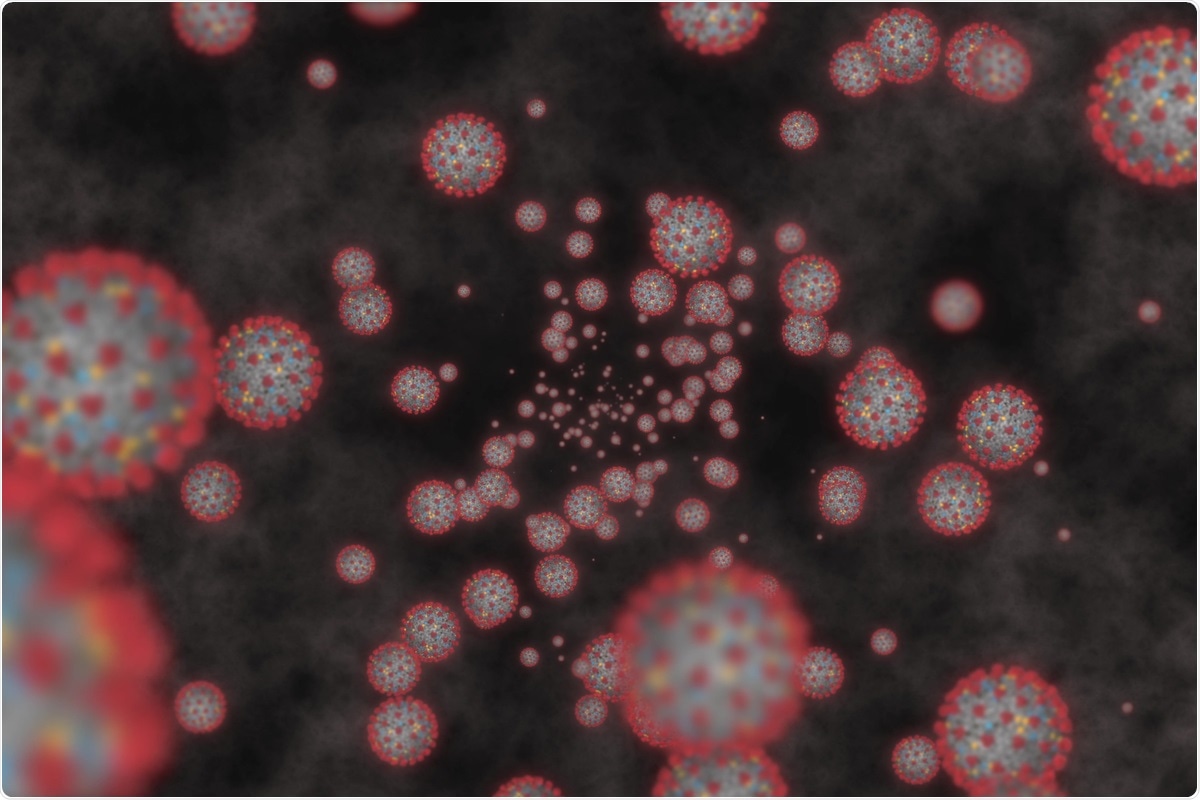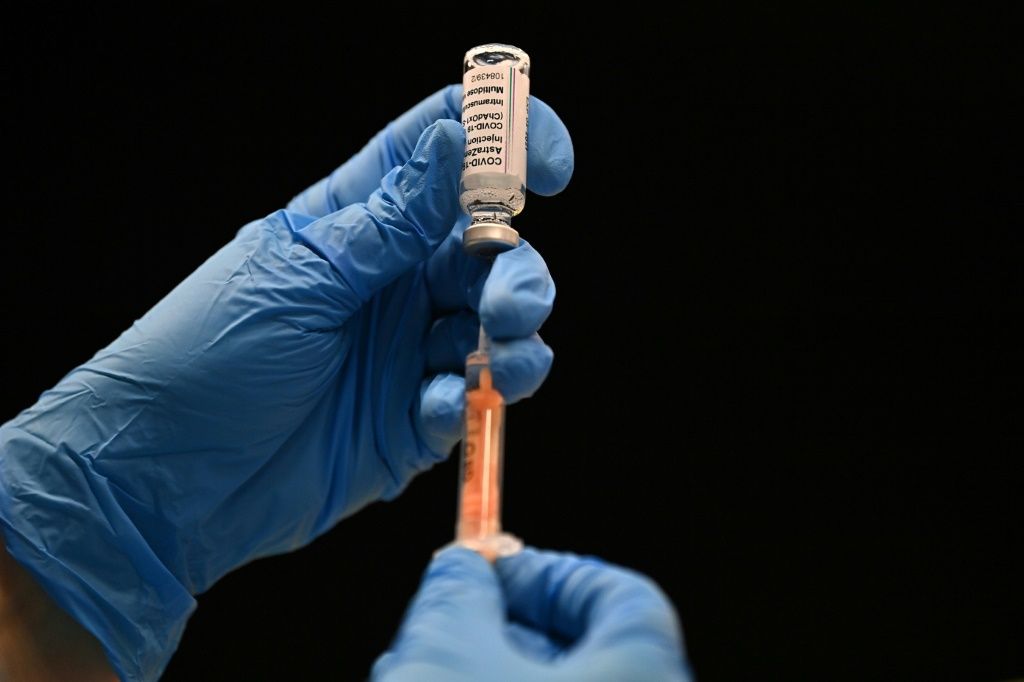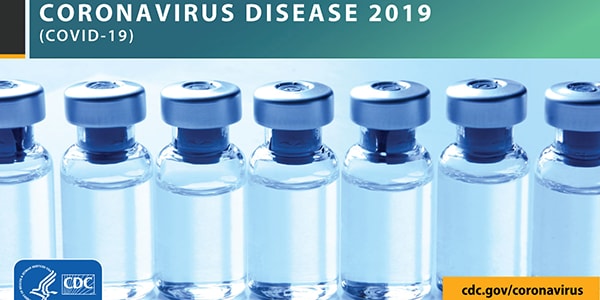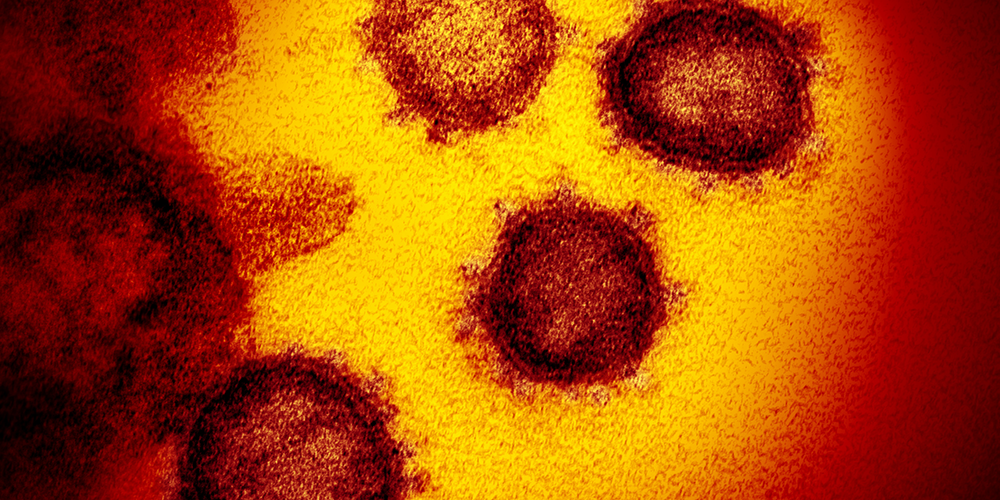I could see the hypos, and the 2nd Moderna I was given was at least 4 times the size of the first.
This was at Walmart however.
But you are wrong about the spike proteins.
They are constantly made and used by the body.
Why do the spike proteins even exist at all in the covid virus?
That is because they are the key to unlocking the ACE2 receptors, that allow exosomes of covid, into our cells.
Here is how covid uses the ACE2 receptors to enter cells.
{...
An outbreak of pneumonia caused by severe acute respiratory syndrome coronavirus 2 (SARS-CoV-2) that started in Wuhan, China, at the end of 2019 has become a global pandemic. Both SARS-CoV-2 and SARS-CoV enter host cells via the angiotensin-converting enzyme 2 (ACE2) receptor, which is expressed in various human organs. We have reviewed previously published studies on SARS and recent studies on SARS-CoV-2 infection, named coronavirus disease 2019 (COVID-19) by the World Health Organization (WHO), confirming that many other organs besides the lungs are vulnerable to the virus. ACE2 catalyzes angiotensin II conversion to angiotensin-(1-7), and the ACE2/angiotensin-(1-7)/MAS axis counteracts the negative effects of the renin-angiotensin system (RAS), which plays important roles in maintaining the physiological and pathophysiological balance of the body. In addition to the direct viral effects and inflammatory and immune factors associated with COVID-19 pathogenesis, ACE2 downregulation and the imbalance between the RAS and ACE2/angiotensin-(1-7)/MAS after infection may also contribute to multiple organ injury in COVID-19. The SARS-CoV-2 spike glycoprotein, which binds to ACE2, is a potential target for developing specific drugs, antibodies, and vaccines. Restoring the balance between the RAS and ACE2/angiotensin-(1-7)/MAS may help attenuate organ injuries. SARS-CoV-2 enters lung cells via the ACE2 receptor. The cell-free and macrophage-phagocytosed virus can spread to other organs and infect ACE2-expressing cells at local sites, causing multi-organ injury.
...}
An outbreak of pneumonia caused by severe acute respiratory syndrome coronavirus 2 (SARS-CoV-2) that started in Wuhan, China, at the end of 2019 has become a global pandemic. Both SARS-CoV-2 and SARS-CoV enter host cells via the angiotensin-converting enzyme 2 (ACE2) receptor, which is expressed...

pubmed.ncbi.nlm.nih.gov
But why do cells have ACE2 receptors to begin with?
That is in order to let in exosomes.
Exosomes essentially messengers the body sends to cells, to regulate their functionality.
To get into a cell, they use the same spike proteins as covid, in the ACE2 receptor socket.
{...
Exosomes were first discovered in the maturing mammalian
reticulocyte (immature red blood cell) by Stahl and group in 1983
[9] and Johnstone and group in 1983
[10] further termed 'exosomes' by Johnstone and group in 1987.
[11] Exosomes were shown to participate in selective removal of many plasma membrane proteins
[12] as the reticulocyte becomes a mature red blood cell (
erythrocyte). In the reticulocyte, as in most mammalian cells, portions of the plasma membrane are regularly internalized as endosomes, with 50 to 180% of the plasma membrane being recycled every hour.
[13] In turn, parts of the membranes of some endosomes are subsequently internalized as smaller vesicles. Such endosomes are called
multivesicular bodies because of their appearance, with many small vesicles, (ILVs or "intralumenal endosomal vesicles"), inside the larger body. The ILVs become exosomes if the MVB merges with the cell membrane, releasing the internal vesicles into the extracellular space.
[14]
Exosomes contain various molecular constituents of their cell of origin, including proteins and RNA. Although the exosomal protein composition varies with the cell and tissue of origin, most exosomes contain an evolutionarily-conserved common set of protein molecules. The protein content of a single exosome, given certain assumptions of protein size and configuration, and packing parameters, can be about 20,000 molecules.
[15] The cargo of
mRNA and
miRNA in exosomes was first discovered at the University of Gothenburg in Sweden.
[16]
The content of exosomes changes depending on the cells of origin, and they thereby reflect their originating cells. Analysis of the dynamic variation of exosomes may provide a valuable means of monitoring diseases
[17].In that study, the differences in cellular and exosomal
mRNA and
miRNA content was described, as well as the functionality of the exosomal
mRNA cargo. Exosomes have also been shown to carry double-stranded DNA.
[18]
Exosomes can transfer molecules from one cell to another via
membrane vesicle trafficking, thereby influencing the
immune system, such as
dendritic cells and
B cells, and may play a functional role in mediating
adaptive immune responses to
pathogens and
tumors.
[19][20] Therefore, scientists who are actively researching the role that exosomes may play in cell-to-cell signaling, often hypothesize that delivery of their cargo RNA molecules can explain biological effects. For example,
mRNA in exosomes has been suggested to affect protein production in the recipient cell.
[16][21][22] However, another study has suggested that miRNAs in exosomes secreted by mesenchymal stem cells (MSC) are predominantly pre- and not mature miRNAs.
[23] Because the authors of this study did not find
RNA-induced silencing complex-associated proteins in these exosomes, they suggested that only the pre-miRNAs, but not the mature miRNAs in MSC exosomes, have the potential to be biologically active in the recipient cells. Multiple mechanisms have been reported to be involved in loading miRNAs into exosomes, including specific motifs in the miRNA sequences, interactions with lncRNAs localized to the exosomes, interactions with RBPs, and post-translational modifications of Ago.
[24]
Conversely, exosome production and content may be influenced by molecular signals received by the cell of origin. As evidence for this hypothesis, tumor cells exposed to hypoxia secrete exosomes with enhanced angiogenic and metastatic potential, suggesting that tumor cells adapt to a hypoxic microenvironment by secreting exosomes to stimulate angiogenesis or facilitate metastasis to more favorable environment.
[25]
...}

en.wikipedia.org
To give a feel for the similarity between exosomes and covid, one theory is that viruses like covid may have started as exosomes that at some point mutated and went rogue, like a cancer.








